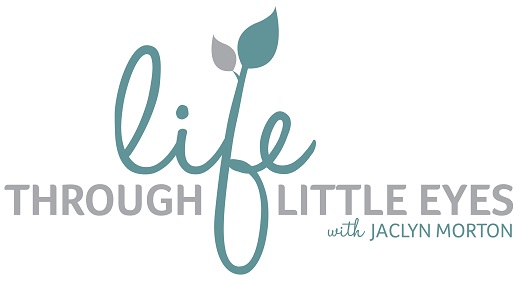“We worry about what a child will become tomorrow, yet we forget that he is someone today.”
Stacia Tauscher
Help for pre-school children who stammer
Many children go through a period of stammering between 2 and 4 years, which often coincides with their language development. This can be a worrying time for parents. With some children the stammering eases away after a couple of weeks or months, whilst others continue to stammer. As a parent, you know your child best, so working with you and your family to model helpful strategies and ways of communicating is the most effective approach.
Some ways to help:
- resist the natural urge to comment on your child's talking such as "slow down" or "take a breath", instead slow down your own rate of speech
- where possible when your child is telling you something that might be taking some time to get out, get down to their level and hold natural eye contact, showing them you are interested in what they are saying not how you are saying it
- if your child is showing frustration or upset with their talking, acknowledge it like you would any other difficulty e.g. "you were getting frustrated with your talking just then, I'm here and want to here what you are saying"
These short videos provide some helpful advice https://stamma.org/get-support/parents
If your child is showing some awareness of their talking or you have concerns about the stammering and how to manage this, please get in touch for a free of charge chat.
Help for school children who stammer
If your child has recently started stammering or is showing more awareness of stammering, early intervention is key. Your child might be feeling worried about talking at school or embarrassed in front of their friends, or you might be more concerned and wondering how to help. Please contact me for a free chat to see how I might be able to help. If we agree therapy would be helpful, initial information gathering is vital to determine a tailor made approach for you and your family. An assessment session with your child will help understand their overall speech and language but also their stammering behaviours and the impact it is having. A case history session with parents/carers is important in gaining valuable information regarding your child and their stammer within the context of the family. Therapy involves working with you and your family to manage the environment around your child and model strategies which encourage your child to continue growing as a confident communicator. You will already know lots of things that help your child, we can work together to help put this in to practice in a confident and relaxed way. If your child is older, we might build on the family communication skills to then focus on working with the child more directly in understanding their stammer and managing it in a way that suits them.
Some ways to help:
- Have some 1:1 time, just 5 minutes every day where they aren't competing for attention. Let your child choose the activity and turn off any distractions such as the TV
- Where possible give your child time and attention when they are speaking. If are busy simply let them know how long you will be then you can listen fully to what they have to say
- It's fine to acknowledge the stammering when they are struggling, in a relaxed way the way you would with something else they were experiencing difficulty with e.g. "that was a hard word to say wasn't it", or "you managed to keep going despite getting stuck a few times on that word"
- Otherwise notice what they are saying not how they are saying it
This video has some really useful advice https://www.youtube.com/watch?v=wTpckAufNDE
Parenting Workshops
